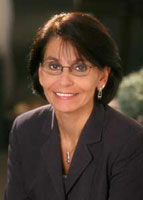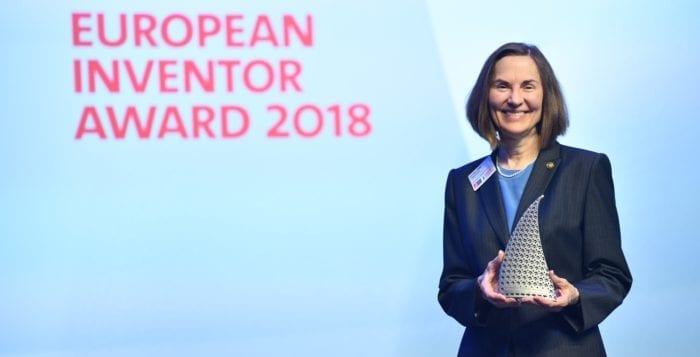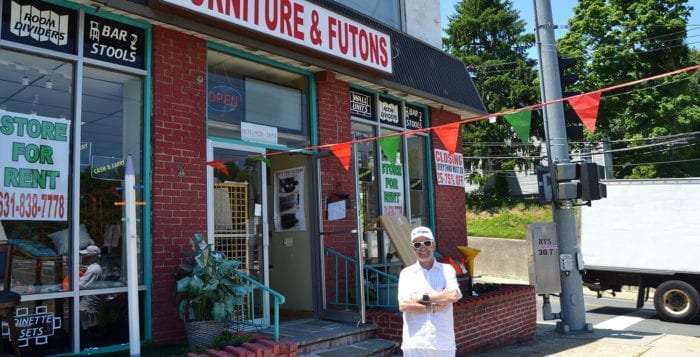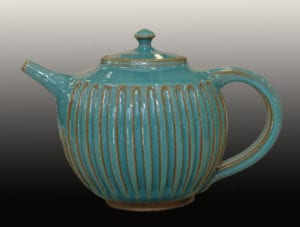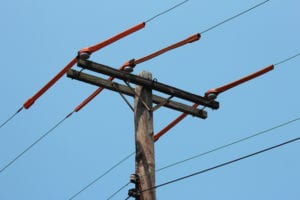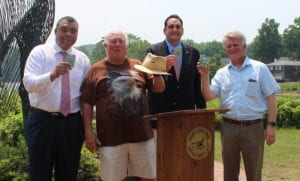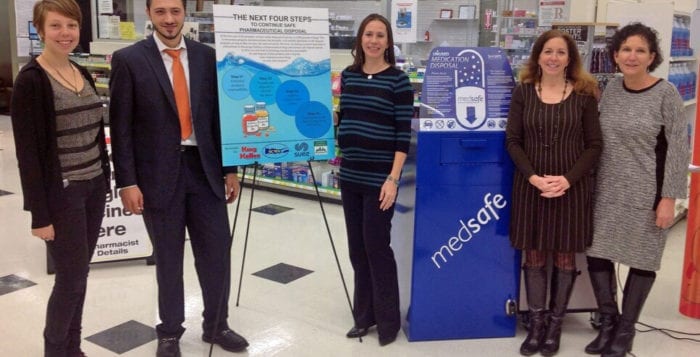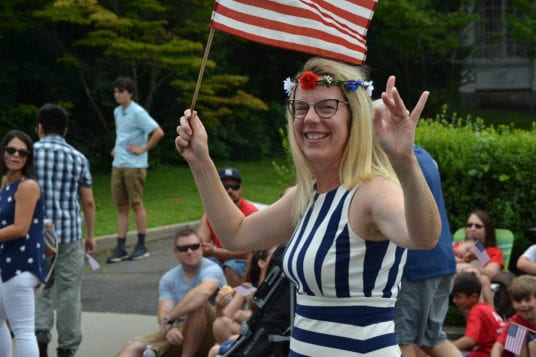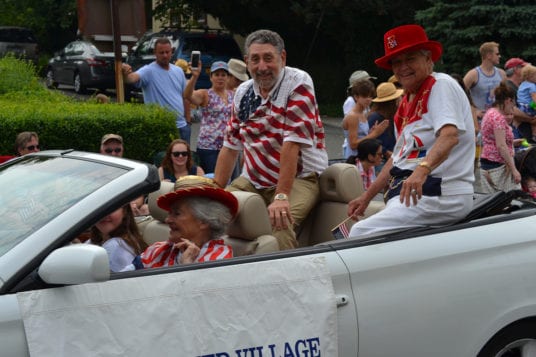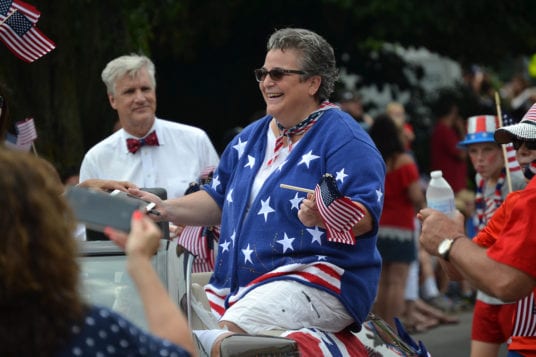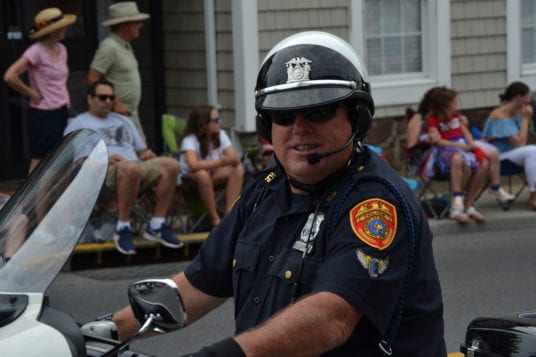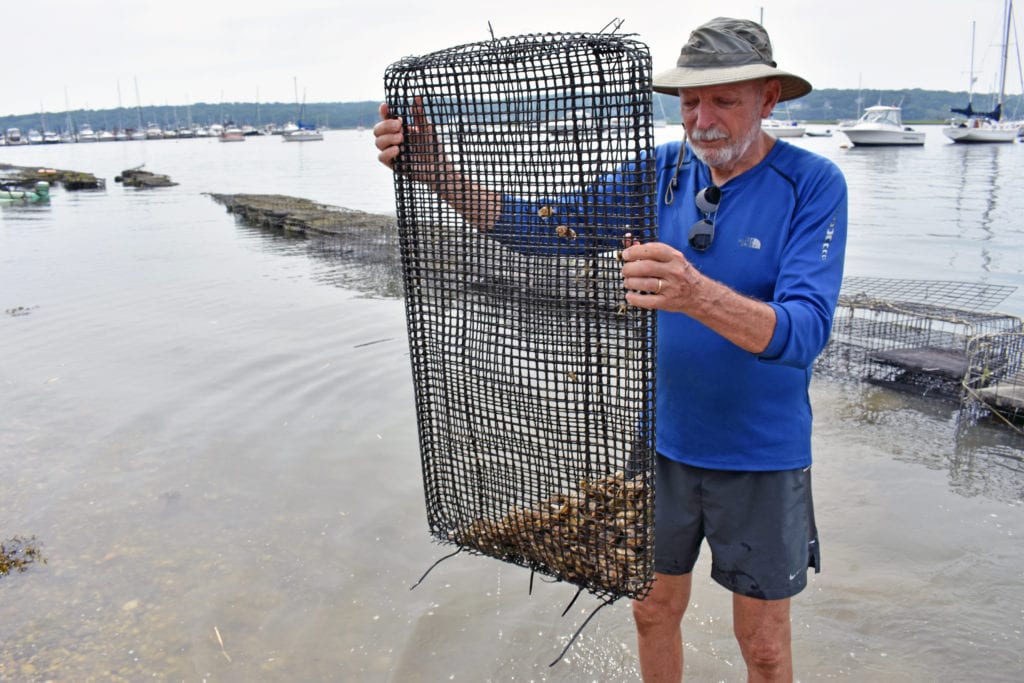
By Kyle Barr
The Town of Brookhaven is as happy as a clam to have received a $400,000 grant from New York State for use in its shellfish hatchery located at Cedar Beach in Mount Sinai.
Brookhaven’s Supervisor Ed Romaine (R) announced June 20 that the state Department of Environmental Conservation awarded it a grant to expand and upgrade the Mariculture Facility at Cedar Beach in Mount Sinai.
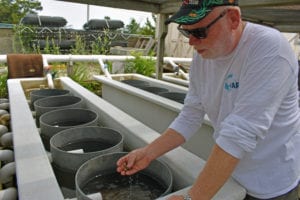
Town Councilwoman Jane Bonner (C-Rocky Point) said shellfish play an important role in cleaning the town’s coastal waters.
“All the seeding that we do — and the ability to grow more — just contributes to cleaning the harbor even more,” Bonner said. “You put a couple million oysters in there, you have your own natural filtering system.”
Oysters and other shellfish help remove harmful nutrient pollutants in the water like nitrogen, phosphorus and carbon dioxide. These shellfish also feed on algae, which improves water clarity.
Romaine said the grant will fund an upgrade to the facility’s power supply through PSEG, which will run new power lines and poles to the facility, a $275,000 operation. The grant also upgrades motors on existing water pumps to 20 horsepowers and allows for the installation of a new floating upweller system, or FLUPSY, where immature seedlings can be put into the water and be protected from predators. The unique design of FLUPSY incorporates a basket/silo combination to allow easy access to seed and extend the oysters further into the water column, creating more water pressure and higher water flow. Water flow from individual silos is dumped into a centrally located trough with a well and mounted pump to eliminate cavitation.

Romaine said repopulating shoreline with shellfish will restore Long Island’s shellfish industry.
“It’s critical to have the ability for people to make a living collecting oysters and clams,” Romaine said. “[Oyster and clam fishermen] have had hard times, and these shellfish would restore that industry.”
The hatchery currently produces 1 million oyster seeds, 2 million clam seeds and 70,000 scallop seeds. The grant funds will enable the town to purchase an additional 2 million new seed clams. The hatchery is expecting to yield approximately 12 million hard clam seed and 3 million oysters by 2019, according
to Romaine.
The most recent group of oysters will be kept in cages over the winter and grow over another season, which starts in spring and runs into late fall. When they reach adult sizes, at about 1.5 inches large, they will be moved into protected plots along the North Shore.
Though town employees operate the Mount Sinai facility, the nonprofit Coastal Steward of Long Island is partnered with the Town of Brookhaven to use the hatchery for its educational shellfish monitoring programs. The town grows the bulk of the oysters inside its facility several yards beyond the beach sands, but the nonprofit helps to monitor the shellfish health inside Mount Sinai Harbor under normal conditions.
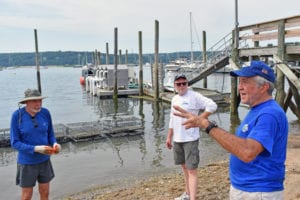
“We clean them, we maintain them and we help them get to adulthood before they’re released,” Coastal Steward President Denis Mellett said. “Unlike the town we’re not trying to breed a million oysters — we’re
managing 50,000 oysters that we can look at and see how they’re growing, measure them and check the mortality.”
Bruce Folz, Coastal Steward director of shellfish restoration, said this year’s crop of shellfish have had better than average growth, and that the group is excited to see if the upgrades will help accelerate growth and
reduce mortality.
“They are important for structure and tidal erosion of the beaches,” Coastal Steward Treasurer Mark Campo said. “That is in addition to all the other benefits, such as the water filtering they provide.”
The grant is part of Gov. Andrew Cuomo’s (D) $10.4 million state initiative to improve Long Island’s water quality and coastal resilience by expanding shellfish populations. Other grants were awarded to the towns of East Hampton, Islip and Hempstead.
Brookhaven town board members unanimously adopted a $400,000 bond June 14 in case the grant money does not arrive by this fall, which is when renovation is expected to start, and continue through Spring 2019.




